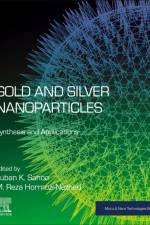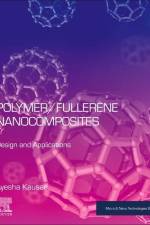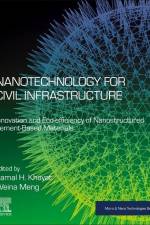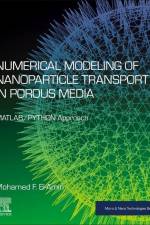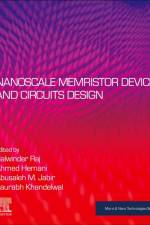av Yi Qin
2 717
Micromanufacturing Engineering and Technology, Second Edition, covers the major topics of micro-manufacturing. The book not only covers theory and manufacturing processes, but it uniquely focuses on a broader range of practical aspects of micro-manufacturing engineering and utilization by also covering materials, tools and equipment, manufacturing system issues, control aspects and case studies. By explaining material selection, design considerations and economic aspects, the book empowers engineers in choosing among competing technologies. With a focus on low-cost and high-volume micro-manufacturing processes, the updated title covers technologies such as micro-mechanical-cutting, laser-machining, micro-forming, micro-EDM, micro-ECM, hot-embossing, micro-injection molding, laser micro-sintering, thin film fabrication, inkjet technology, micro-joining, multiple processes machines, and more. Edited by one of the few world-experts in this relatively new, but rapidly-expanding area and presenting chapters written by a 40-strong team of leading industry specialists, this book is an invaluable source of information for engineers, R&D researchers and academics. Covers key micro-manufacturing technologies, processes and equipment with high-volume production capabilities, enabling large companies as well as SMEs to introduce those technologies in production and business and reduce production costs Outlines micro-manufacturing system engineering and practical issues pertaining to material, design, handling, metrology, inspection, testing, sensors, control, system integration and software, and micro-factories Enables manufacturing practitioners to choose the right technology suitable for a particular product-manufacture



